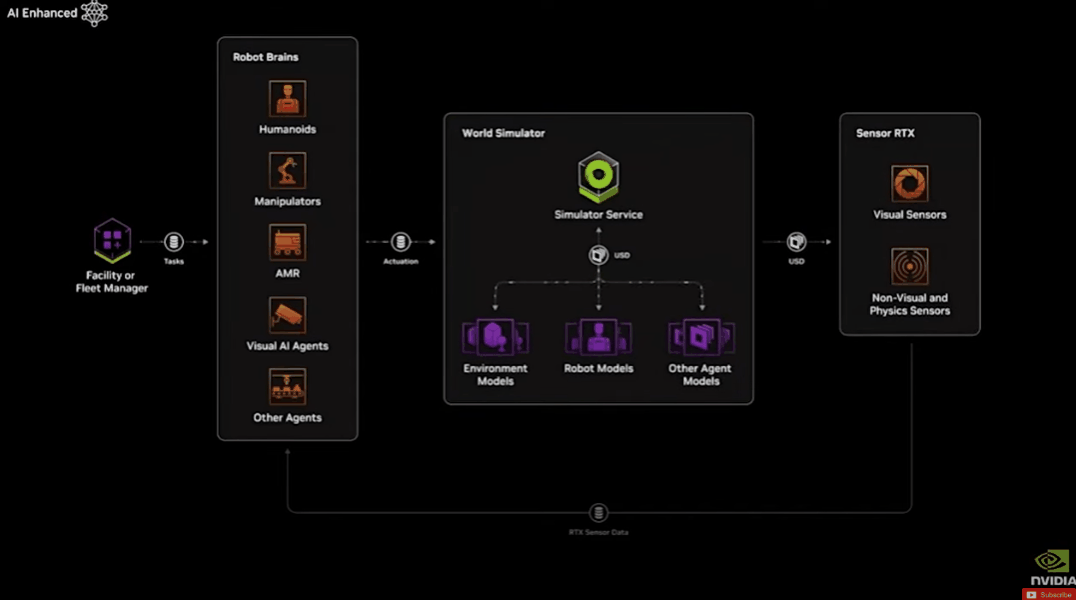First introduced in a play from 1921, the word “robot” comes from the Czech word robota which means “forced labor.”
Robots have evolved significantly over time, making remarkable contributions to various fields and industries. Historically, robots were developed for tasks deemed too dangerous, dull, or difficult for humans. The earliest forms of robots were simple mechanical devices, such as automated looms in the textile industry during the Industrial Revolution.
As technology advanced, robots became more sophisticated and versatile. In the mid-20th century, industrial robots emerged, revolutionizing manufacturing processes in sectors like automotive production. These robots were programmed to perform repetitive tasks with high precision, enhancing efficiency and productivity.
Today, robots are extensively utilized in diverse industries, including healthcare, agriculture, and logistics. In healthcare, robots assist surgeons in delicate procedures, increasing precision and reducing recovery times. Agricultural robots automate planting, harvesting, and monitoring tasks, leading to higher crop yields and resource optimization. In logistics, robots streamline warehouse operations through autonomous systems for inventory management and order fulfillment.
Looking ahead, the future applications of robots are limitless. With advancements in artificial intelligence and robotics, the next generation of robots is expected to possess greater autonomy, adaptability, and intelligence. In the near future, we envision robots playing pivotal roles in space exploration, disaster response, and even personal assistance.
Robots equipped with advanced sensors and AI algorithms could autonomously navigate challenging terrains on distant planets or assist in search and rescue missions during natural disasters. Additionally, the development of sophisticated humanoid robots may enable them to provide personalized care and support to individuals in healthcare or elderly care settings.
A long way from their origins as mechanical devices to indispensable tools in modern society, robot evolution continues to reshape industries and open up new possibilities for innovation and progress. As we look to the future, the integration of robots in various domains holds immense potential to improve efficiency, safety, and quality of life for people around the world.
-
Add a short summary or a list of helpful resources here.

